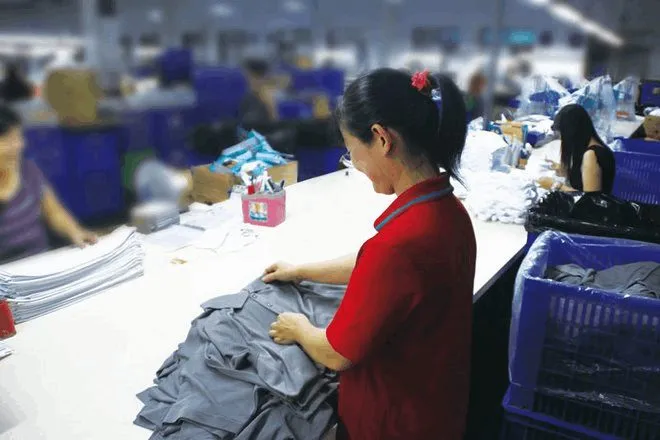Third party inspection services in China refer to services offered by independent inspection companies in China which assess the quality, quantity, and safety of products ordered from Chinese suppliers. China inspection services include pre-shipment inspections, factory audits, production monitoring, and pre-shipment inspections.
The main purpose of these services is to protect the interests of buyers by confirming that their orders meet the agreed specifications and quality standards.
Three stages of quality control inspection services
Pre-production Inspection [PPI]
Pre-production inspection in China involves a thorough examination of the factory’s capability to produce the required product. It includes the following steps:
- Factory Evaluation: This involves checking the factory’s registration, license, production capacity, and quality control procedures.
- Material Inspection: The inspector checks the quality and suitability of the raw materials to be used in the production process.
- Prototype Inspection: The inspector checks the sample product to ensure it meets the required specifications and quality standards.
- Process Inspection: The inspector checks the production process to ensure it is in compliance with the agreed-upon standards and procedures.
- Packaging Inspection: The inspector checks the packaging to ensure it is suitable for the product and meets the required standards.
- Quality Control System Inspection: The inspector checks the factory’s quality control system to ensure it is effective in detecting and preventing defects.
- Documentation Review: The inspector reviews all relevant documents, such as contracts, specifications, and quality control procedures, to ensure they are in compliance with the agreed-upon standards.
The pre-production inspection helps to prevent quality issues, delays, and cost overruns in the production process.
During production inspection [DUPRO/DPI]
During production inspection, several activities are involved to ensure that the products meet the quality standards of the buyer. These activities include:
- Preparing the inspection plan: The inspector prepares a plan that outlines the inspection criteria, the scope, and the sampling method.
- Checking the production process: The inspector checks the production process to ensure that the products are being manufactured according to the buyer’s specifications.
- Reviewing the quality control procedures: The inspector reviews the quality control procedures to ensure that they are effective and being followed.
- Conducting visual inspections: The inspector conducts visual inspections to check for defects, damages, and inconsistencies in the product.
- Measuring and testing: The inspector measures and tests the products to ensure that they meet the required standards.
- Sampling: The inspector takes samples of the products to test them for quality.
- Reporting: The inspector prepares a report that includes the findings of the inspection, any defects or issues with the products, and recommendations for improvement.
- Follow-up: The inspector follows up with the manufacturer to ensure that any issues or defects are addressed and that the products meet the required quality standards.
The purpose of during production inspection is to ensure that the products being manufactured meet the quality standards and specifications agreed upon by the buyer and the supplier.
Pre-shipment Inspections
The purpose of preshipment inspection is to ensure that the goods being shipped meet the quality and safety standards specified in the purchase contract.
- Sample Selection – The quality inspector selects a random sample of products from the production line for inspection. The sample size depends on the order quantity.
- Inspection Criteria – The inspection company uses a checklist to inspect the products. The checklist includes product specifications, packaging, labeling, and other quality control measures.
- Inspection Report – The inspection company prepares a detailed inspection report that includes photographs, product specifications, and any non-conformities found during the inspection.
- Corrective Action – If any non-conformity is found during the inspection, the supplier is required to take corrective action to rectify the issue before the products are shipped.
- Final Approval – Once the inspection report is approved by the buyer, the supplier is authorized to ship the products.
The pre-shipment inspection helps to minimize the risk of receiving defective or low-quality goods, and it also helps to prevent fraud and ensure compliance with import regulations.
Ultimately, China inspection services helps to protect the interests of both the buyer and the seller. They play an important role in promoting fair and transparent trade practices.






